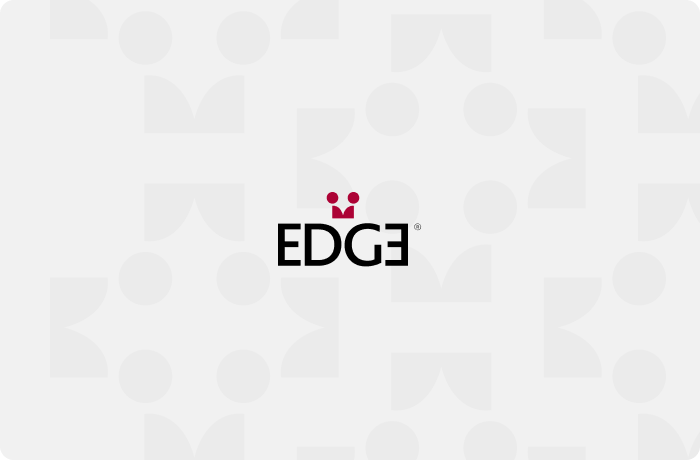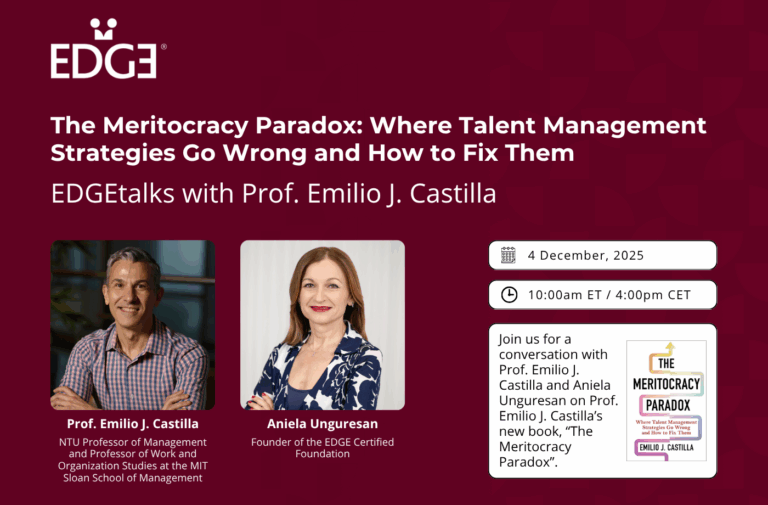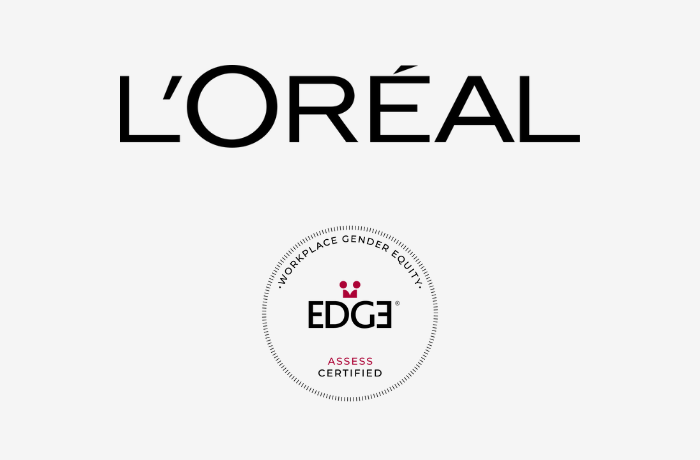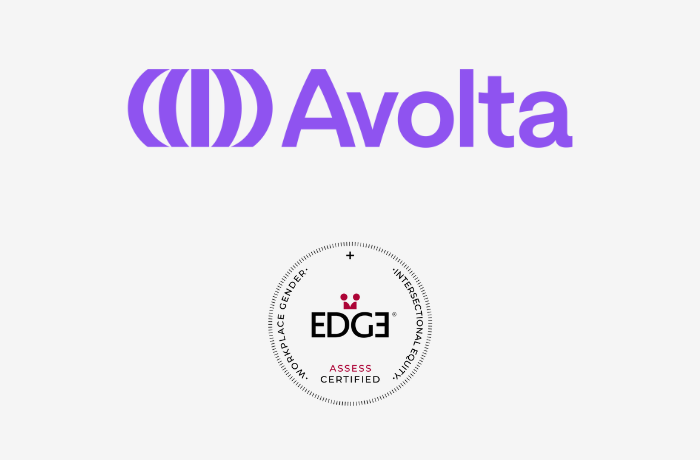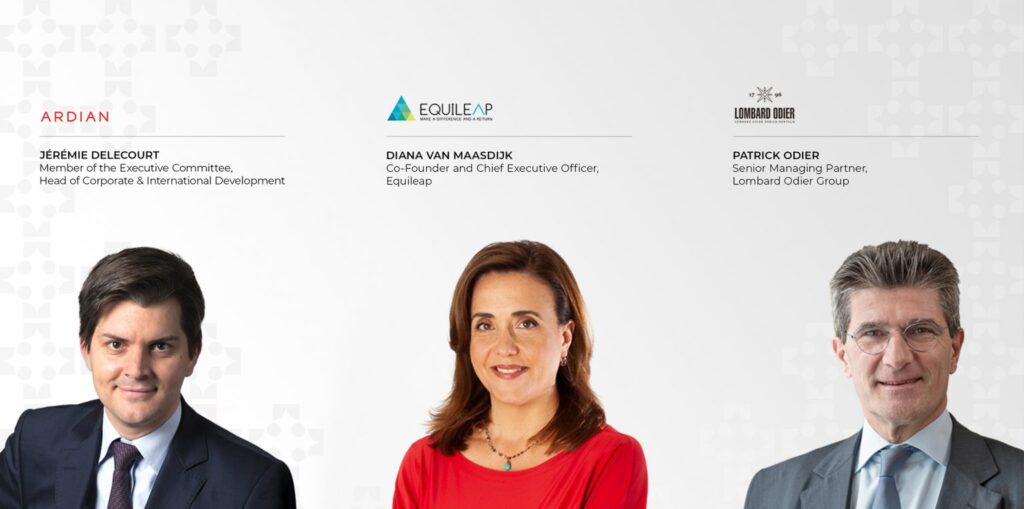
Responsible investment, including Environmental, Social and Governance (ESG) investing, is becoming increasingly mainstream. The last 18 months have seen an exponential increase in the number of institutional investors and funds incorporating various ESG metrics. It’s estimated that in excess of USD 17.5 trillion worth of professionally managed portfolios now include key elements of ESG assessments.
Gender equality, diversity and inclusion sit behind the ‘S’ in ESG and we believe that investing according to ESG principles could be an important accelerator towards equity, diversity and inclusion in the workplace. This is an area where EDGE Certification brings transparency, consistency of metrics and independent verification of a company’s efforts and progress. We asked Lombard Odier Group, Ardian and Equileap to share their thoughts on the importance of ESG and how working with EDGE methodology has brought about positive change for their organizations.
Lombard Odier Group
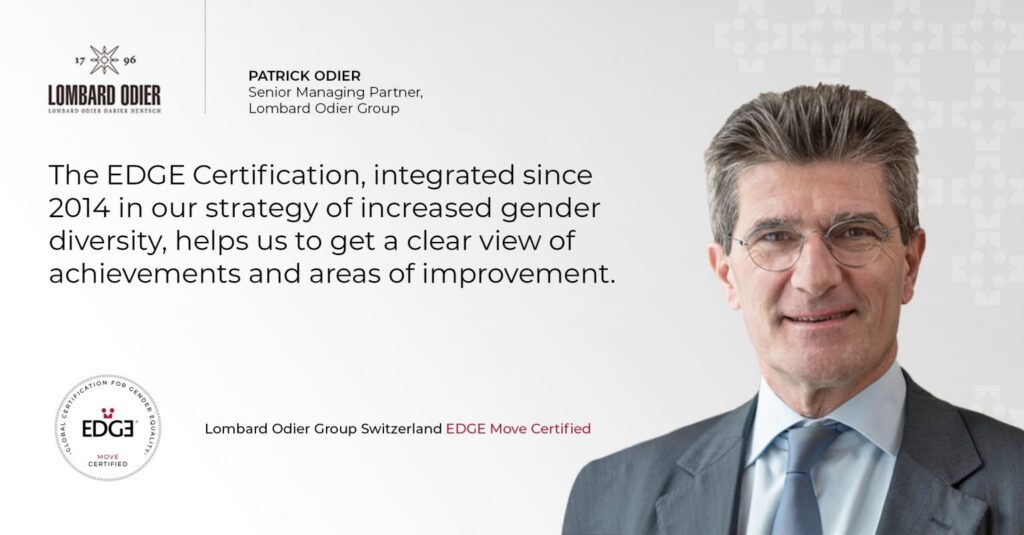
Why do you consider gender balance, diversity and inclusion in the workplace and on boards amongst key ESG investment criteria?
“Lombard Odier has directly seen how a diverse and inclusive workforce fosters creativity and innovation. In our experience, diverse teams, by definition, naturally move away from groupthink and thrive in bringing together independent and opposing ideas. This intangible asset supports our DNA: creating different world perspectives for our clients and ourselves.”
Which are the most important factors that could contribute to a large-scale adoption of gender balance, diversity and inclusion in the workplace and on boards as key ESG scoring and reporting indicators?
“Embedding diversity in the everyday culture and strategy of the organization, with the board and senior management setting the tone. This is required to engage employees, create understanding about where the barriers are and to build alternatives that support inclusion. Diverse recruitment and promotion, data monitoring and transparent reporting are also key.”
As a leader who has taken concrete steps toward gender equality, how did EDGE Certification support your organization in its journey towards gender balance, diversity and inclusion?
“The EDGE certification, integrated since 2014 in our strategy of increased gender diversity, helps us to get a clear view of achievements and areas of improvement.”
– Patrick Odier, Senior Managing Partner at Lombard Odier Group
Ardian
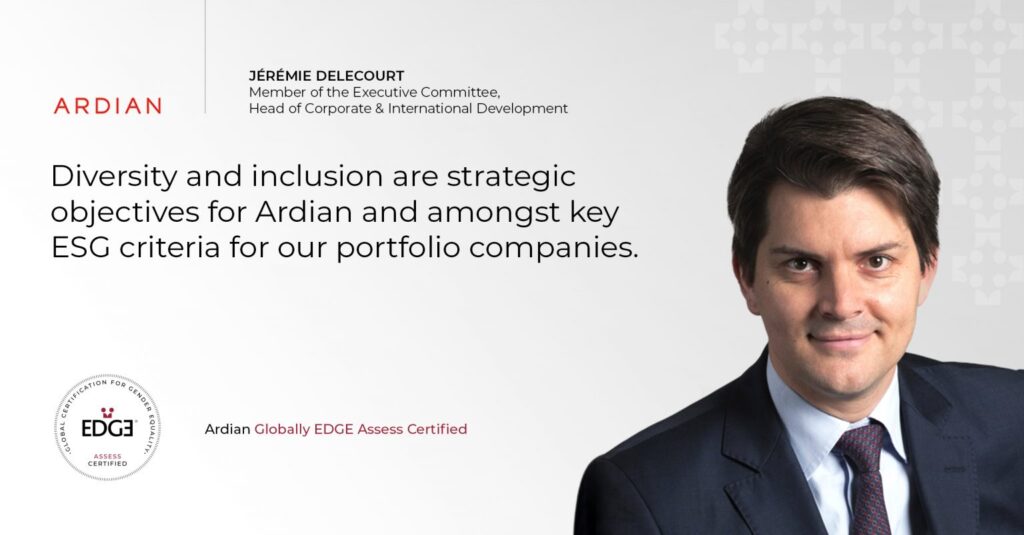
Why do you consider gender balance, diversity and inclusion in the workplace and on boards amongst key ESG investment criteria?
“We believe that inclusion and diversity are powerful ways to strengthen organizations. We are convinced that inclusive and diverse companies are more creative, innovative and likely to outperform. Diversity and inclusion are strategic objectives for Ardian and amongst key ESG criteria for our portfolio companies.”
Which are the most important factors that could contribute to a large-scale adoption of gender balance, diversity and inclusion in the workplace and on boards as key ESG scoring and reporting indicators?
“This topic is already at the top of the agenda for companies like Ardian. We don’t want to wait for the legal framework to change to take concrete actions. We need to address consistency and comparability between industries, as well as to work on how to measure not only diversity but also inclusion.”
As a leader who has taken concrete steps toward gender equality, how did EDGE Certification support your organization in its journey towards gender balance, diversity and inclusion?
“Our first EDGE Certification process was key for us as it resulted in the publication of our first inclusion and diversity charter, in which we set concrete and measurable objectives to be reached by 2022. Being in contact with so many organizations gives EDGE a view on best practices, which is very useful.”
– Jérémie Delecourt, Member of the Executive Committee and Head of Corporate and International Development at Ardian
Equileap
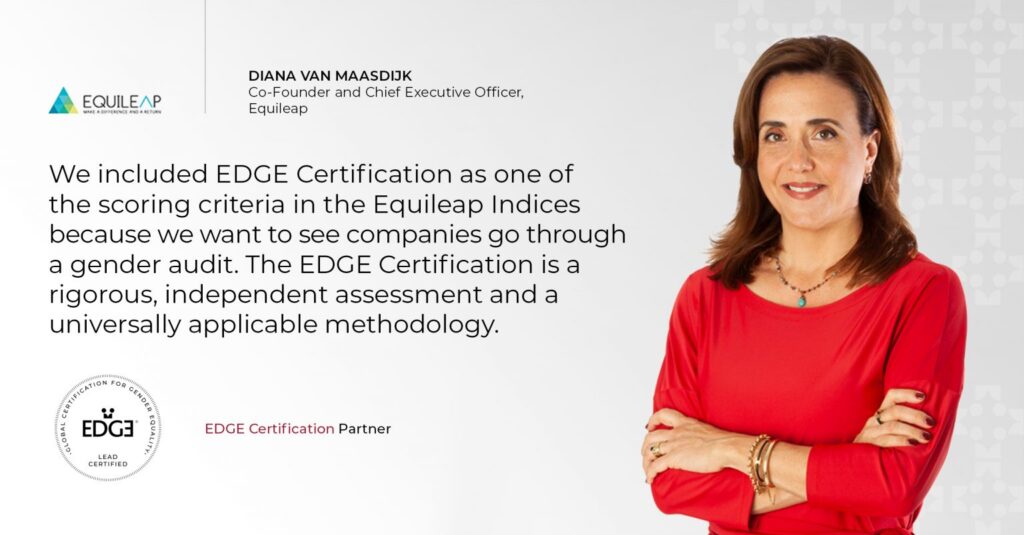
Why do you consider gender balance, diversity and inclusion in the workplace and on boards amongst key ESG investment criteria?
“Gender equality is a main factor that falls under the ‘social’ category of ESG. Research has clearly shown that companies with an inclusive, gender-balanced and diverse workforce perform better overall and have a more efficient decision-making capacity. But gender equality must be reflected at every level of the company – board, executive, senior management and workforce. We believe all ESG criteria are important and can positively influence each other.”
Which are the most important factors that could contribute to a large-scale adoption of gender balance, diversity and inclusion in the workplace and on boards as key ESG scoring and reporting indicators?
“Factor number one is transparency. We cannot change what we cannot measure. We believe companies should publish gender related information and we actually evaluate them on whether they disclose their gender composition throughout the company, their gender pay gap and policies that promote gender equality.”
Why did you decide to include EDGE Certification as a scoring criteria in your index?
“We wanted to include EDGE Certification as one of our scoring criteria because we want to see companies go through a gender audit. The EDGE Certification is a rigorous, independent assessment and a universally applicable methodology.”
– Diana Van Maasdijk, Co-Founder and Chief Executive Officer at Equileap

